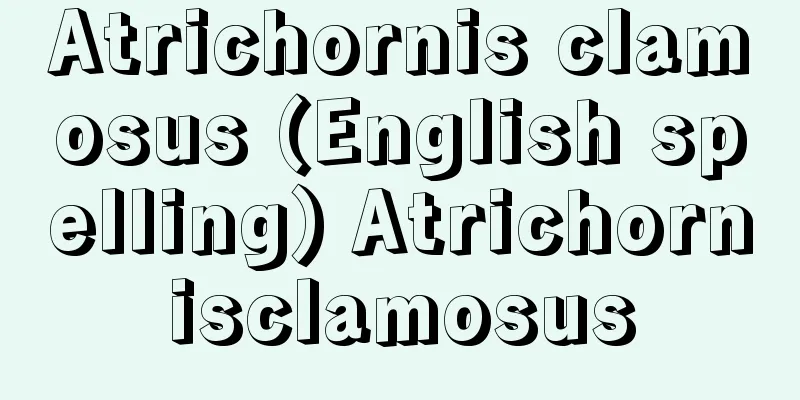Yumigahama

|
Located in the northwest of Tottori Prefecture, this is the largest bay mouth sandbar in Japan, separating Miho Bay from Nakaumi. It is also called Yomigahama and Yumihama Peninsula, and in the Kunibiki myth in the Izumo no Kuni Fudoki, it is written that "the rope that is pulled is the island of Yomi." It is 18 kilometers from north to south and 3 to 6.5 kilometers wide. The topography consists of the Uchihama sand dune, which is less than 16 meters above sea level, the parallel rows of Nakahama and Sotohama sand banks, and in the north, a dozen rows of beach ridges and wetlands. At the Megumi Lowland Site at the base, artifacts from the end of the Early Jomon period and after, the black sand layer of the Uchihama sand dune from the Jomon to Kofun periods, and Nakahama from the Kofun to Heian periods have been excavated. In 1759 (the 9th year of the Horeki era), the 20-kilometer irrigation canal Yonegawa was dug, which cuts across the sandbar, and this led to the development of new rice fields, and along with cotton cultivation, the area became the production center of Yumigahama Gasuri. From the mid-Meiji period onwards, this area shifted to sericulture and silk-reeling, and after World War II, it was transformed into a cultivation area for white leeks and tobacco leaves, an Air and Ground Self-Defense Force base, and the Chukai New Industrial City Planning District. The combined city of Yonago and Sakaiminato is currently underway, with the construction of the Sakai Port outer harbor, the Sakai Suido Bridge, and industrial roads. [Minoru Iwanaga] Yonago City, Tottori Prefecture ©Tottori Prefecture "> Yumigahama Kasuri Source: Shogakukan Encyclopedia Nipponica About Encyclopedia Nipponica Information | Legend |
|
鳥取県北西部にある日本最大の湾口砂州で、美保湾と中海(なかうみ)を隔てる。夜見ヶ浜(よみがはま)、弓浜半島(きゅうひんはんとう)ともいい、『出雲国風土記(いずものくにふどき)』の国引(くにびき)神話では「持ち引ける綱は夜見(よみ)の嶋なり」とある。南北18キロメートル、幅3~6.5キロメートル。地形は海抜16メートル以下の内浜(うちはま)砂丘やそれと並列する中浜(なかはま)・外浜砂堆(そとはまさたい)列、北部では十数列の浜堤(ひんてい)と湿地列からなる。根元の目久美(めぐみ)低地遺跡では縄文早期末以後、内浜砂丘の黒砂(くろずな)層では縄文~古墳期、中浜では古墳期~平安時代の遺物が出土する。1759年(宝暦9)砂州を縦断する約20キロメートルの用水路米川(よねがわ)の開削で新田化が進み、綿作とともに、弓ヶ浜絣(がすり)の産地となった。明治中期以降は養蚕と製糸へかわり、第二次世界大戦後は白ネギ・葉タバコ栽培地、空陸自衛隊基地、中海新産業都市計画地区へと変容。境(さかい)港外港の造成、境水道大橋や産業道路の整備など、米子(よなご)・境港両市の連合都市化が進行している。 [岩永 實] 鳥取県米子市©鳥取県"> 弓ヶ浜絣 出典 小学館 日本大百科全書(ニッポニカ)日本大百科全書(ニッポニカ)について 情報 | 凡例 |
<<: Yumigahama Kasuri - Yumigahama Kasuri
Recommend
Saame
...In ancient documents, they are written as &quo...
Uchiosso - The late monk
Date of birth and death unknown. Painter of the e...
Underwater Habitat Project
…In practice, therefore, instead of using underwa...
Turangalîla-Symphonie
One of the masterpieces by the 20th century French...
Awashima Mono - Awashima Mono
On this day, the Awashima Hall in the grounds of ...
Takebe Ayatari
A haiku poet, scholar of Japanese classics, autho...
Pollen allergens
…It is a compound word of the Greek words allos (...
Gunnarsson, Gunnar
Born: May 18, 1889, Hryotsdalur [Died] November 21...
Induction heating - Yuuka Heating
A method of heating by converting electrical ener...
Noriuji Isshiki
A military commander during the Nanboku-cho perio...
Onoe Kikugorou (5th generation)
Born: 1844 [Died] 1903. Tokyo Kabuki actor. Stage ...
Dermochelyidae
…General term for marine turtles with flattened, ...
Fish solubles - condensed fish solubles
Livestock feed made from concentrated fresh liquid...
Ahmet Aoğlu - Ahmet Aoğlu
… The origin of Turkology studies by Turks can be...
Ergon - Elgon
…However, since he also assumes a “pure form” or ...









